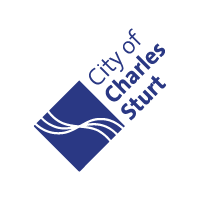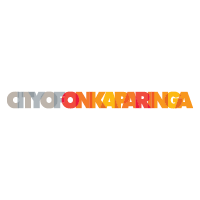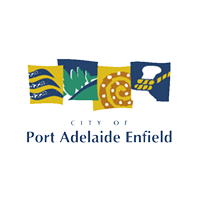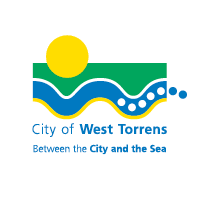Thank you for Giving a Sheet
The Adelaide-wide Give a Sheet for the planet linen drive was the biggest of its kind in Australia, with 97,000 kg of linen collected for recycling. That's equivalent to 40,000 bed sheets or 100,000 towels.
The collected linen will result in approximately 29,000 kg of carbon emission savings.
Green Industries SA is committed to supporting the reduction of textiles to landfill and will review the collection model for the 2024–25 financial year.
Missed the event?
Animal shelters, including the Animal Welfare League in Gillman and the RSPCA Campus at O’Halloran Hill, are always happy to take good quality towels and blankets for animals in need.
If your unwanted linen is not in good enough quality to be donated to a charity shop (near new condition with no tears, rips or stains), please either hold onto the linen for future events or place it in your red/blue landfill bin.
Frequently asked questions
What will happen to the collected linen?
Collected linen is first taken to Bedford SA, SA’s largest employer for people with a disability, to be sorted and decommissioned. After all buttons, zips and other non-recyclable items have been removed, the linen is transported in trucks to be shredded and then delivered to BlockTexx's state-of-the-art facility in Loganholme, Queensland.
Once the decommissioned linen arrives at the BlockTexx facility in Queensland, it will be broken down into new high-grade recycled materials that can be used by Australian manufacturers to create a range of new products used in construction and agriculture.
BlockTexx is the first facility in the world to recycle polyester/cotton blend textiles on a commercial scale.
BlockTexx's S.O.F.T. process (separation of fibre technology) allows for the recovery of polyester that is then re-manufactured back into rPET pellets (PolyTexx®), which is its original form, Polyethylene terephthalate (PET).
Recovered rPET (PolyTexx®) can then be used to create new textiles, plastic products such as shopping bags, and building infrastructure materials. Recovered cotton is remanufactured into cellulose clay (CellTexx®) which can be used by the agricultural, textile, and building and construction sectors.
BlockTexx has also partnered with Vital Chemicals, an Australian manufacturer of erosion control and regrowth products. BlockTexx’s recovered cellulose (CellTexx®) is sprayed onto large-scale infrastructure sites to stabilise soil and replant broadacre development zones.
What about the emissions associated with transporting the linen to Queensland?
Textile manufacturing is an incredibly energy intense process. Life cycle analysis has estimates that for every 1 tonne of textiles BlockTexx recycle, 30 tonnes of carbon emissions are saved.
A diesel truck transporting approximately 3 tonnes of textiles to Queensland from Adelaide will emit 0.7tonnes – less than 1% of the emission saved from recycling the linen transported.
With thanks to our partnering councils
 |  |  |  |
 |  |  |  |
 |
